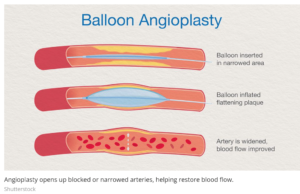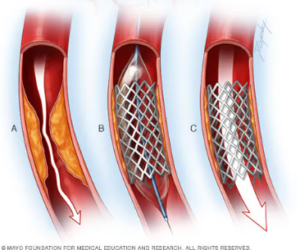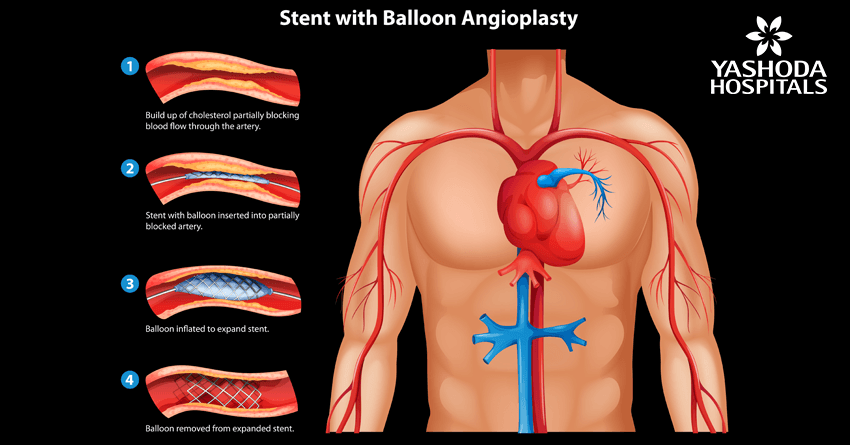In the fast-paced world we live in, heart health has become a paramount concern for many. Among the various medical procedures aimed at improving heart function, angioplasty stands out as a beacon of hope for those suffering from coronary artery disease. Let’s dive into the intricacies of this life-saving procedure, shedding light on its different aspects in a manner that resonates with the essence of Indian English.
What is an Angiogram?
Before we talk about angioplasty, it’s crucial to understand what an angiogram is. An angiogram is akin to a roadmap for cardiologists. It’s a diagnostic test that uses X-ray imaging to take a peek inside your arteries. By injecting a special dye into your bloodstream, it allows doctors to visualize how blood flows through your heart and arteries, identifying any blockages or abnormalities. It’s the first step in diagnosing and fixing heart-related issues, serving as the basis for further interventions like angioplasty.
Exploring the Types of Angioplasty Techniques
Angioplasty is not a one-size-fits-all procedure. It has evolved over the years, and today, there are several techniques employed to restore the normal flow of blood to the heart. Let’s look at the most common ones:
Balloon Angioplasty:
Think of your artery as a clogged pipe. Balloon angioplasty involves threading a small balloon to the site of the blockage through a catheter. Once in place, the balloon is inflated, pushing the plaque against the artery walls and creating space for blood to flow more freely. It’s like pressing a reset button on your artery’s health.

Stenting:
Often following balloon angioplasty, stenting involves placing a small, metal mesh tube called a stent at the site of the blockage. This tube stays in place, keeping the artery open and ensuring that it doesn’t narrow down again. It’s akin to inserting a support scaffold inside the artery, providing a permanent solution to keep the pathway open.

The Role of a Catheter in Angioplasty
The catheter is the unsung hero of the angioplasty procedure. This flexible tube is the vehicle that transports all the necessary tools to the heart through the bloodstream. Whether it’s for delivering the balloon, the stent, or even removing arterial plaque, the catheter makes it all possible without the need for open-heart surgery. It’s minimally invasive and significantly reduces recovery time, making it a game-changer in cardiac care.
Recent Advances in Catheters
The field of catheter technology has seen remarkable advancements, making angioplasty safer and more efficient. Today’s catheters are not only slimmer and more flexible but also come with sophisticated features like optical coherence tomography (OCT) and intravascular ultrasound (IVUS) that allow for better visualization and precision. These innovations ensure that the procedure is not just effective but also tailored to the patient’s specific needs.
Rotablation: A Special Technique for Tough Blockages
What & How?
Rotablation is a specialized angioplasty technique designed for particularly stubborn blockages. It involves a tiny drill (yes, you read that right!) at the tip of the catheter, which spins at a high speed to pulverize the plaque into micro-particles. These particles are then naturally absorbed by the body, clearing the way for blood flow. It’s an excellent option for calcified blockages that are too hard for traditional angioplasty to tackle.
Whom?
Rotablation is not for everyone. It’s specifically aimed at patients with calcified coronary arteries where the plaque has hardened significantly over time. Determining the suitability of rotablation involves a thorough assessment by a cardiologist, taking into account the patient’s overall health and the nature of the blockage.

